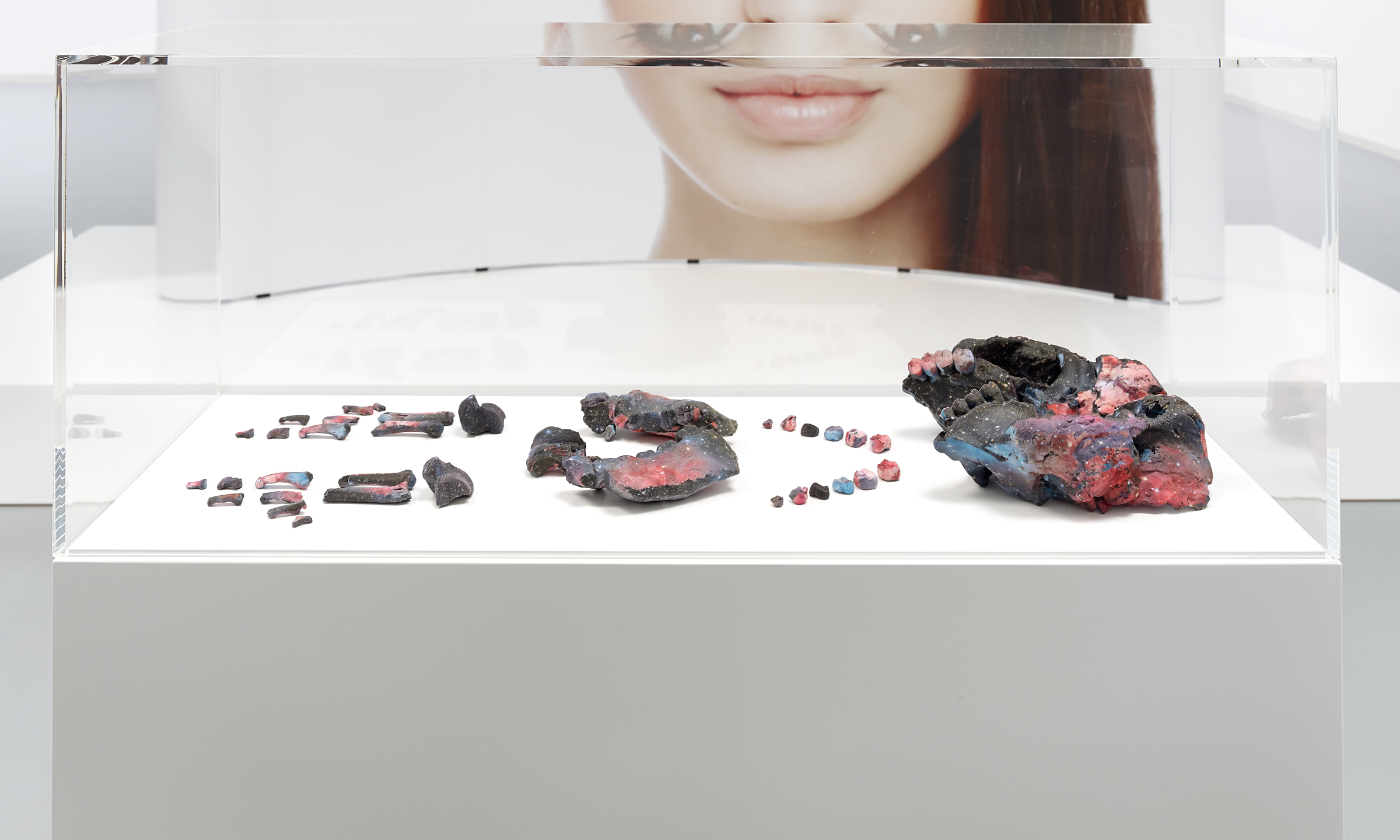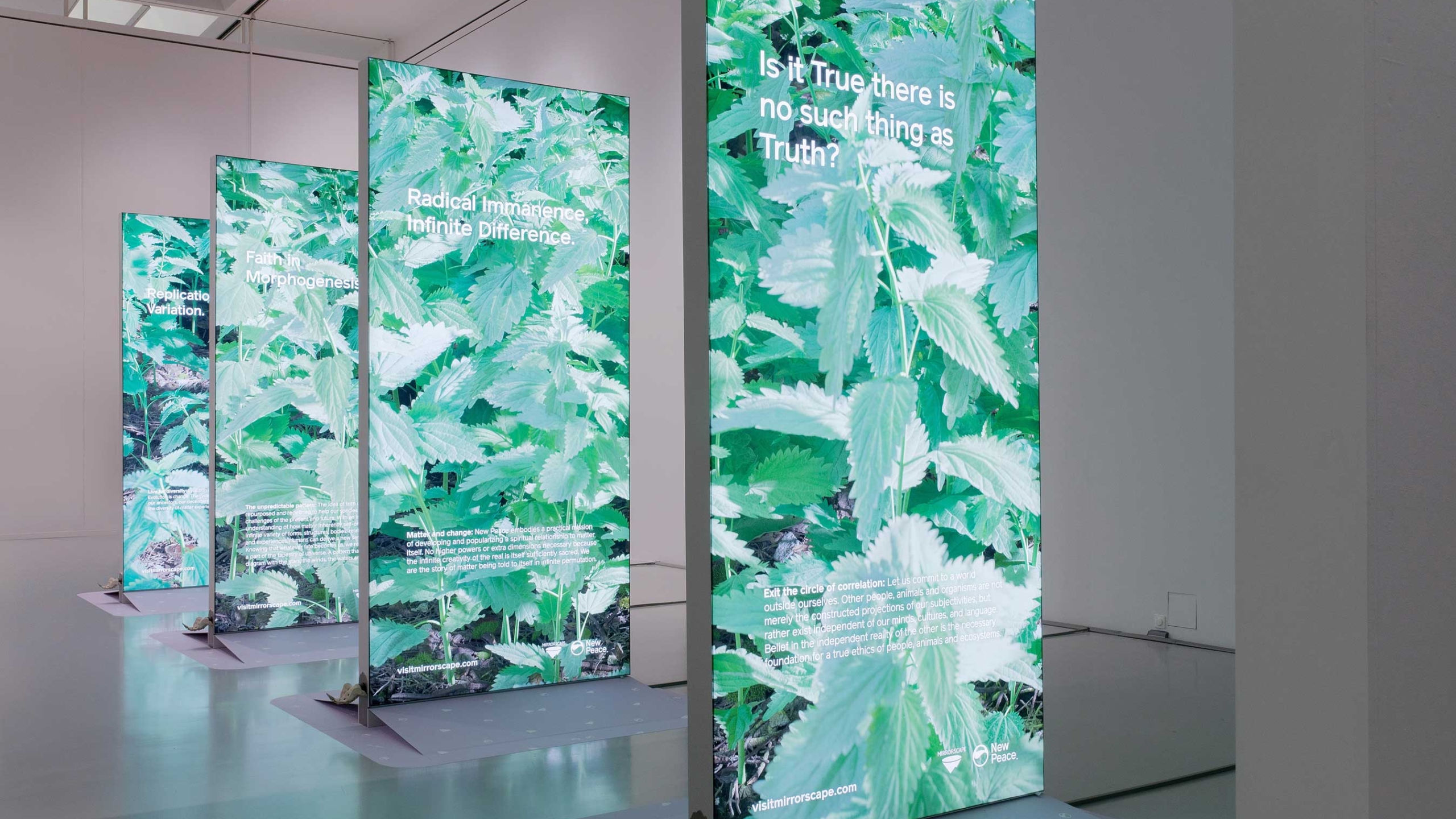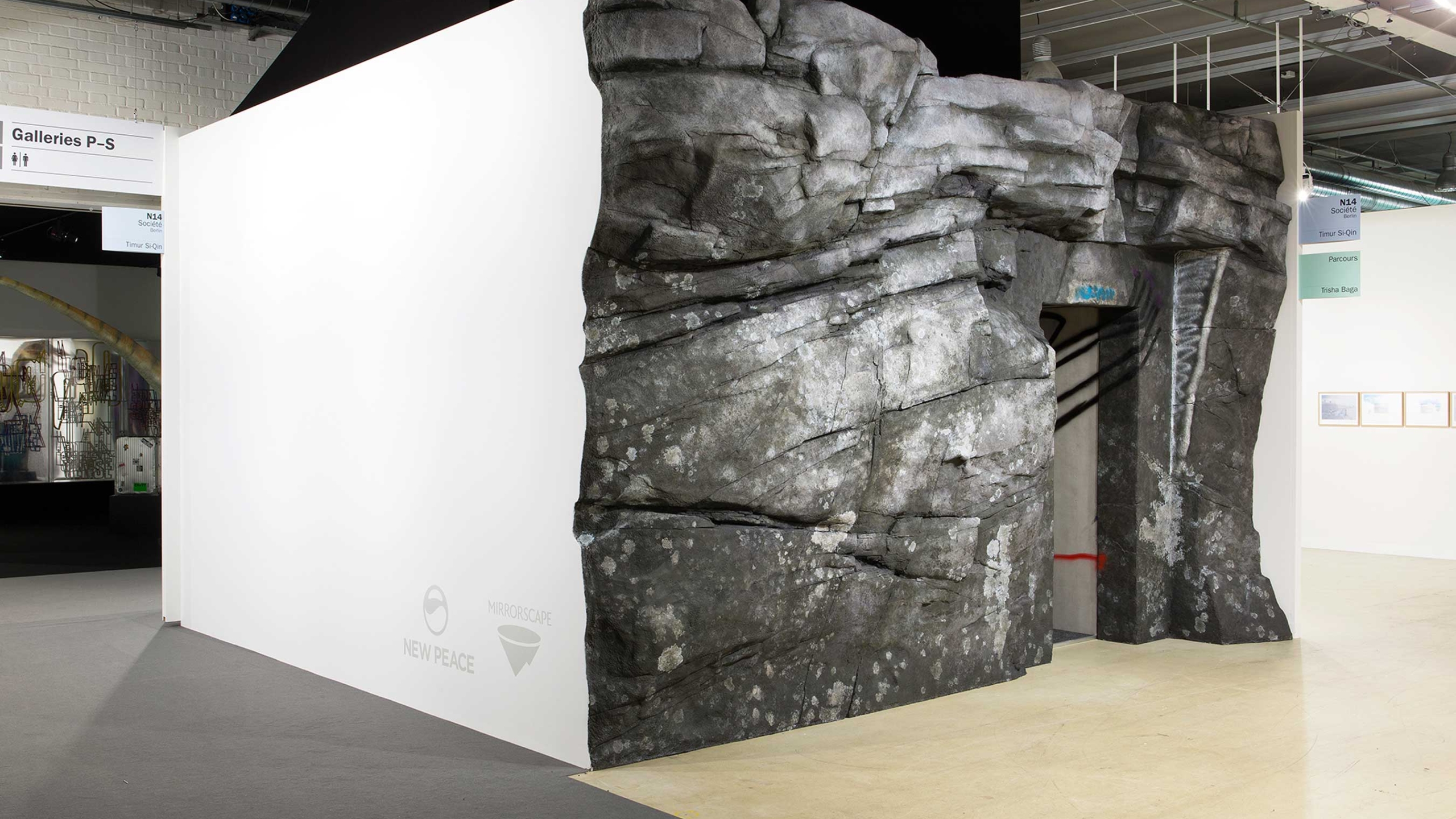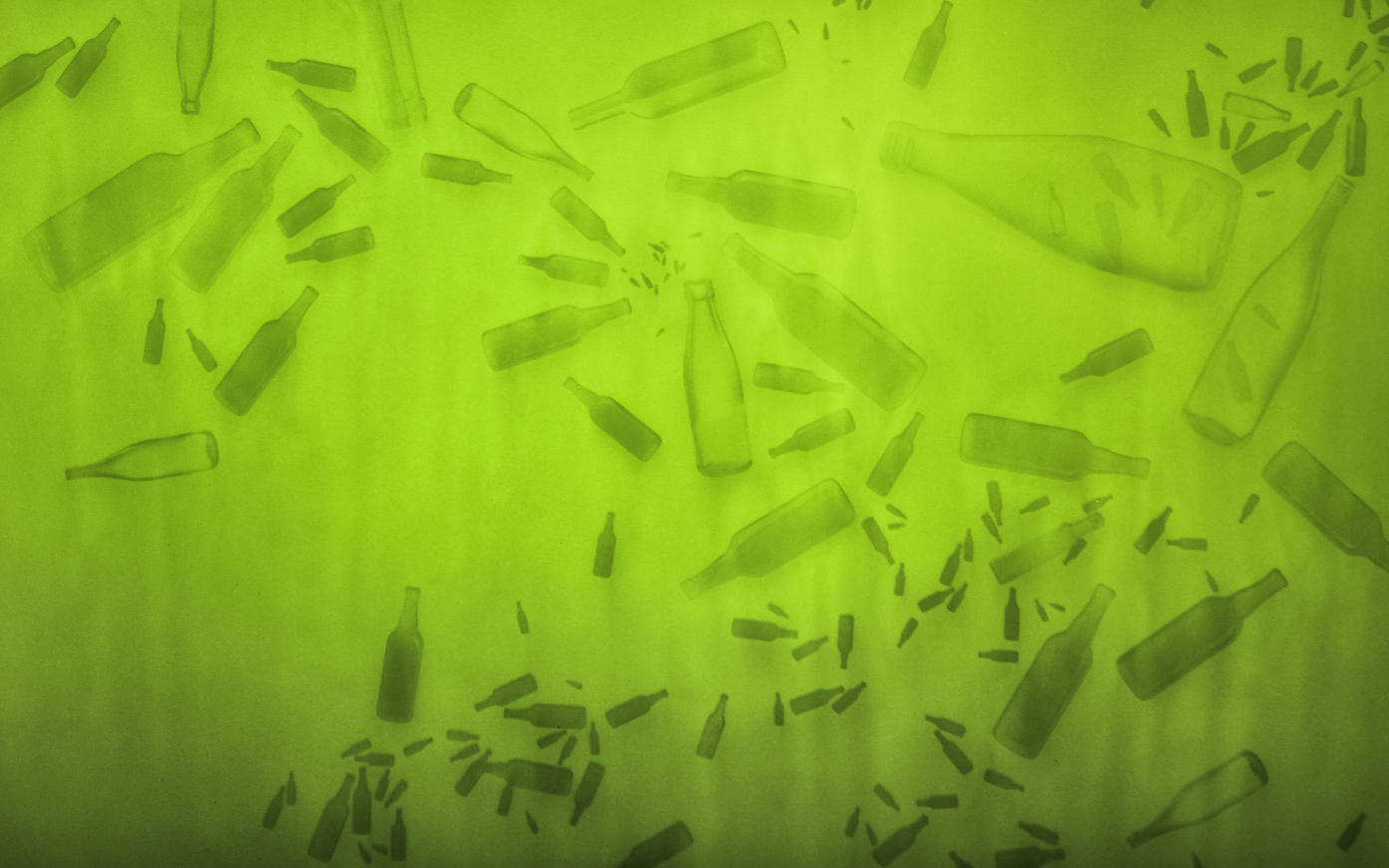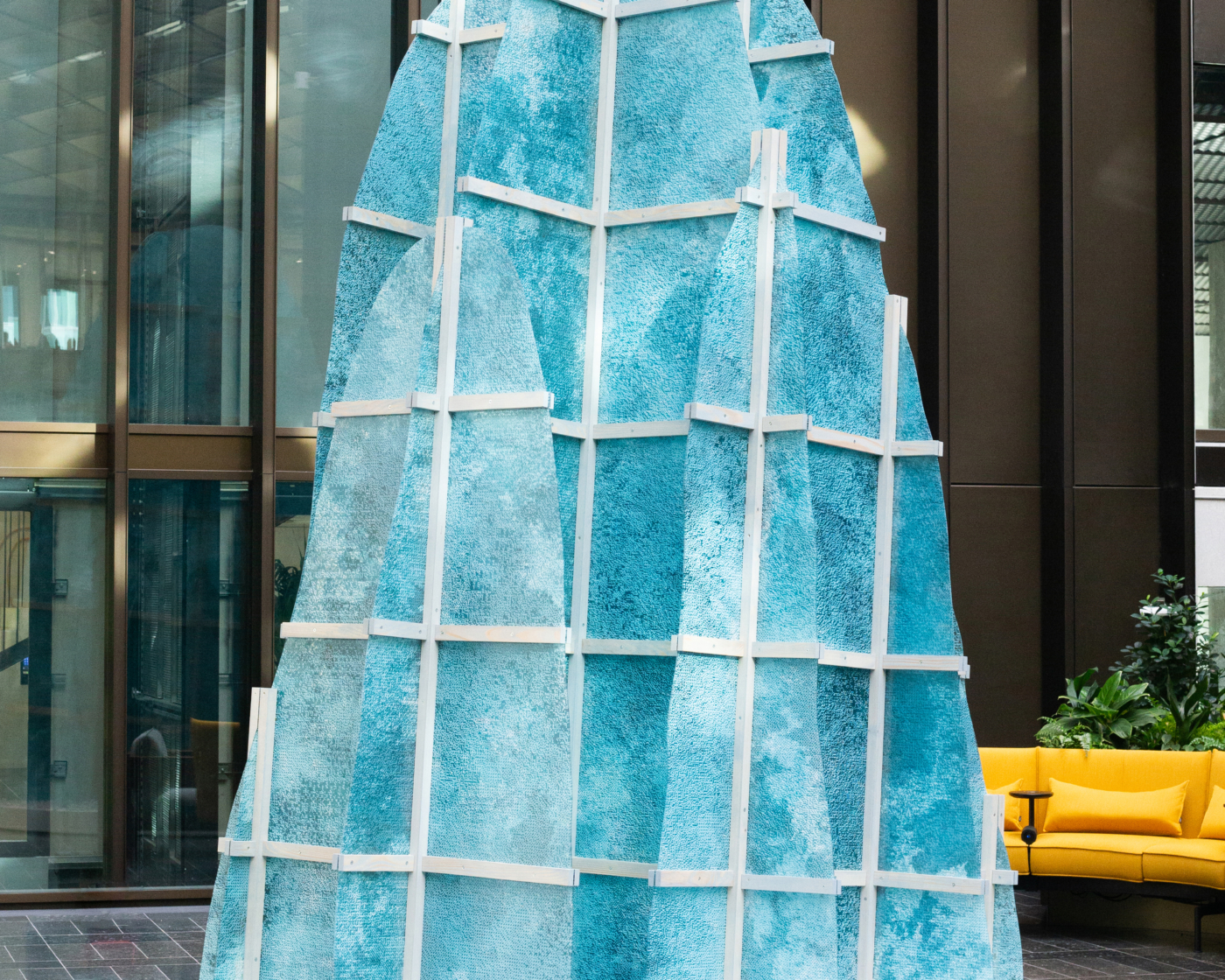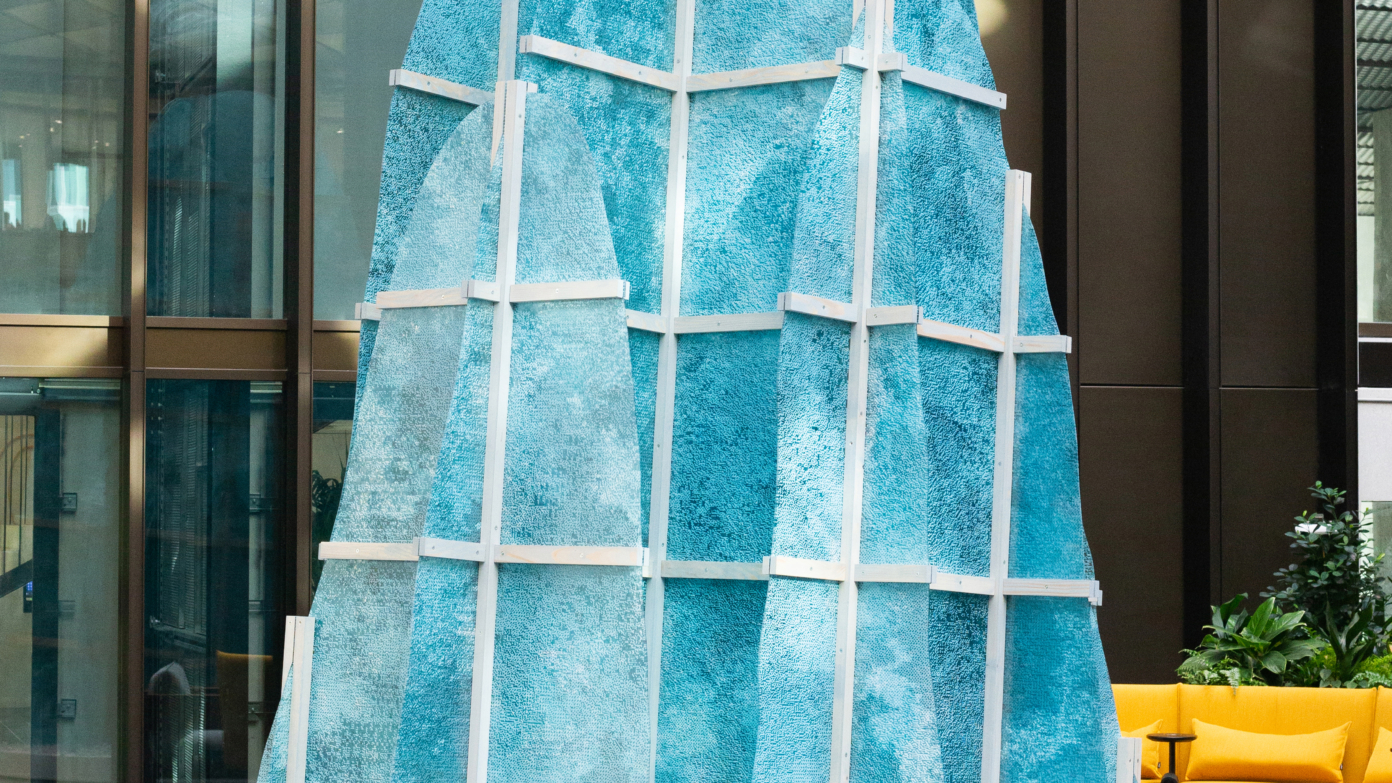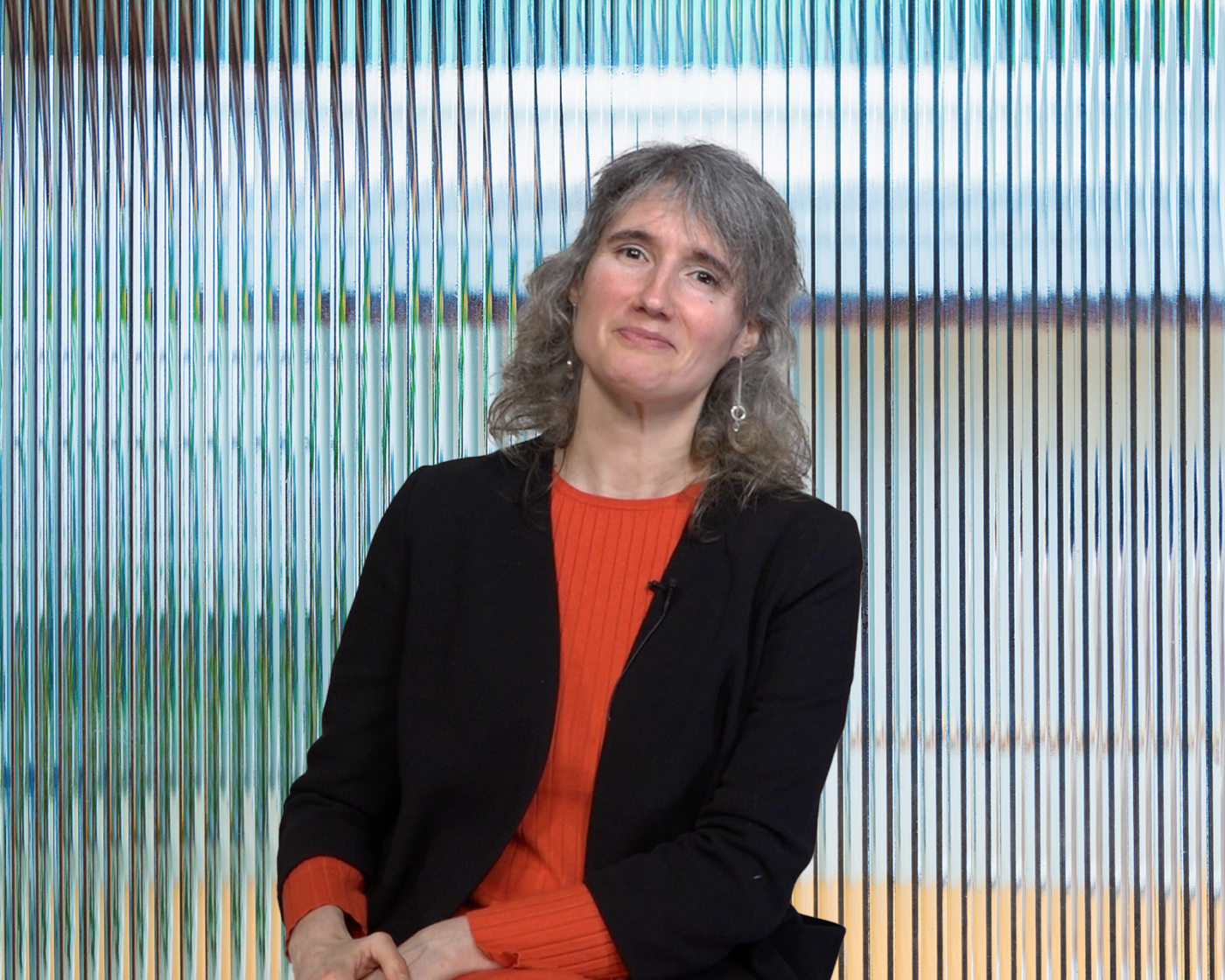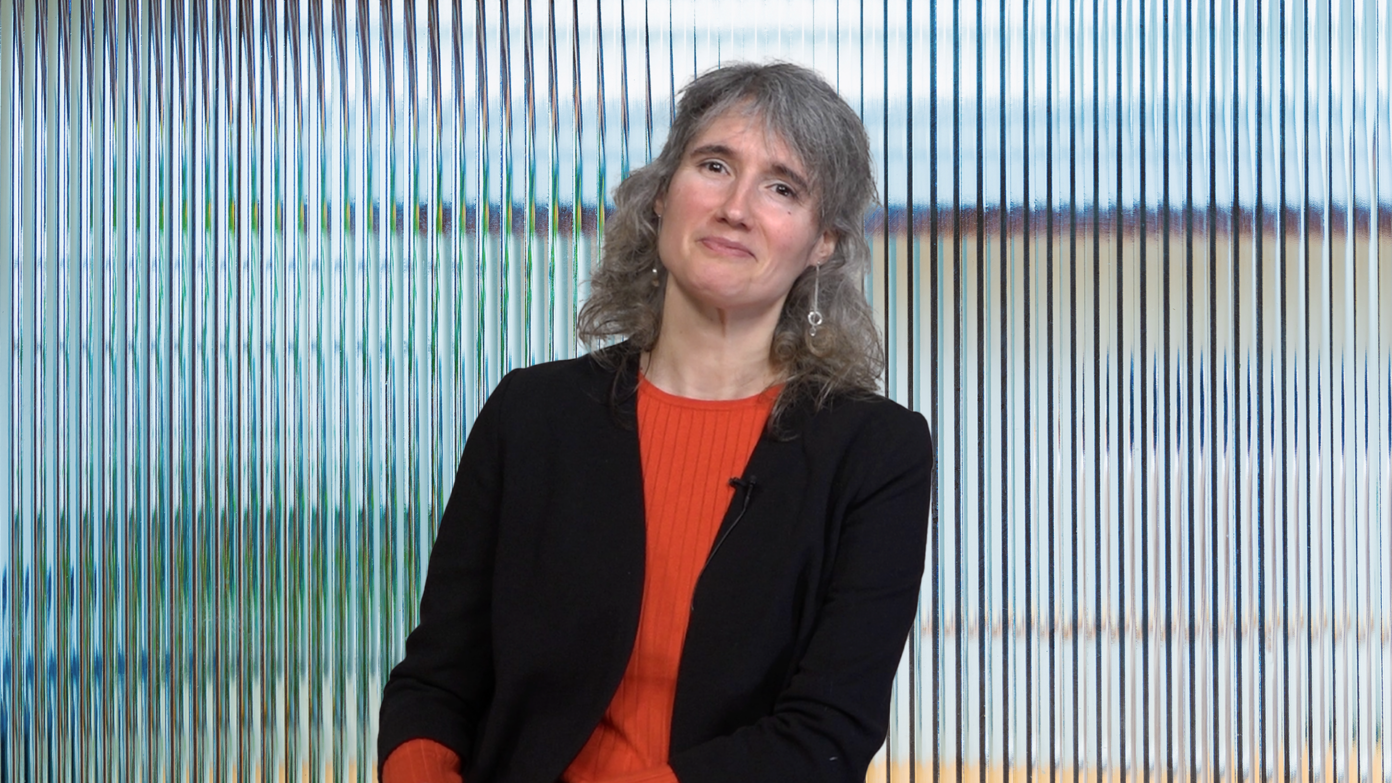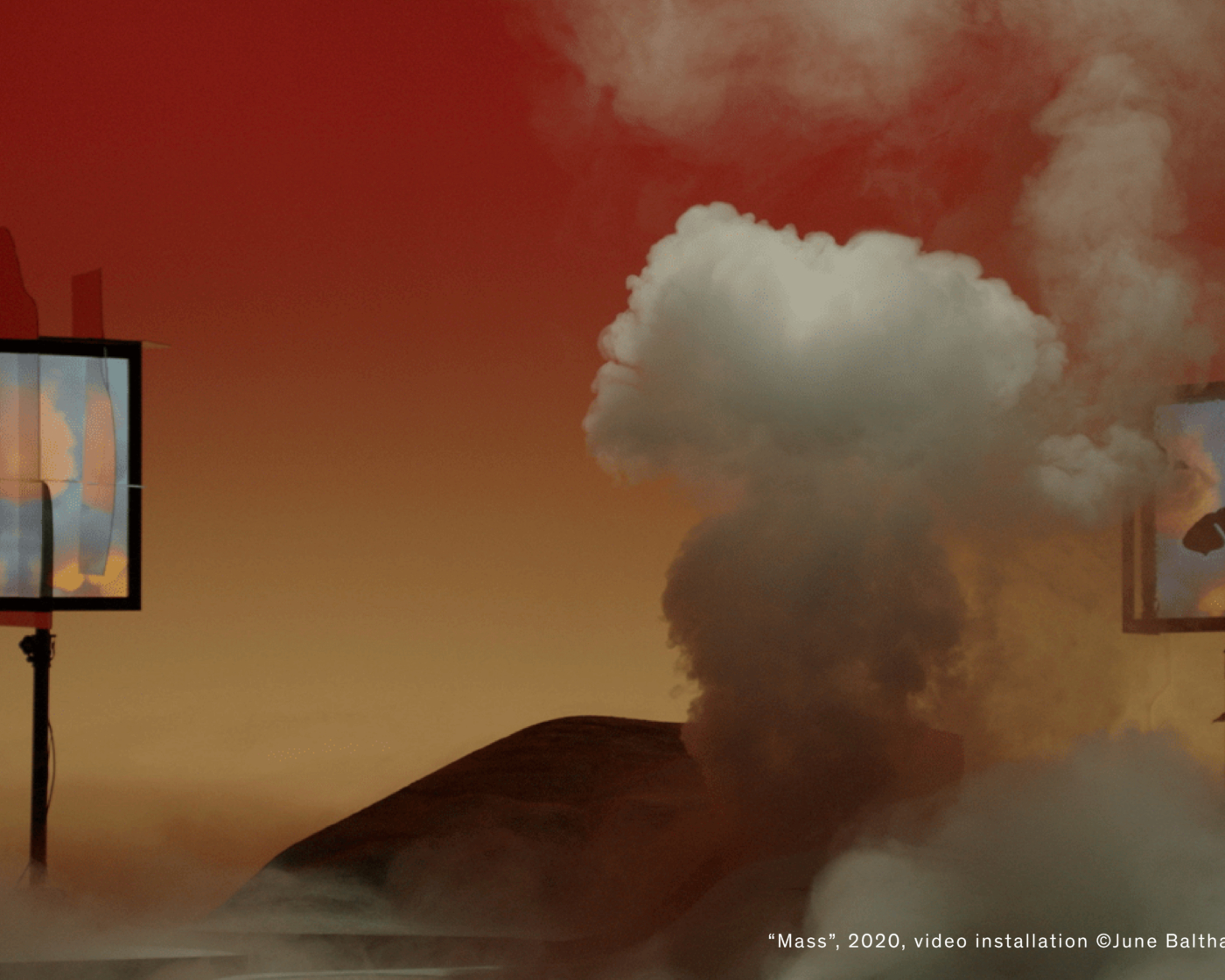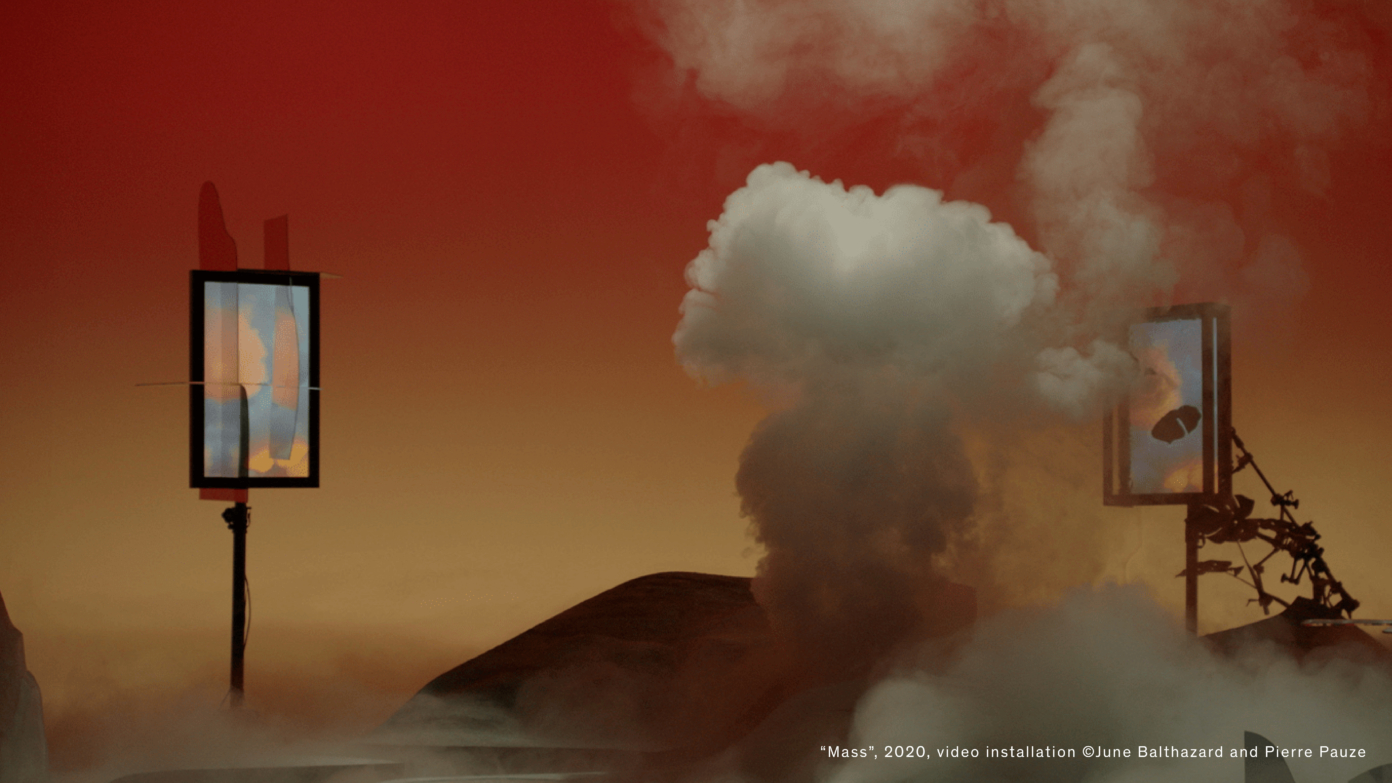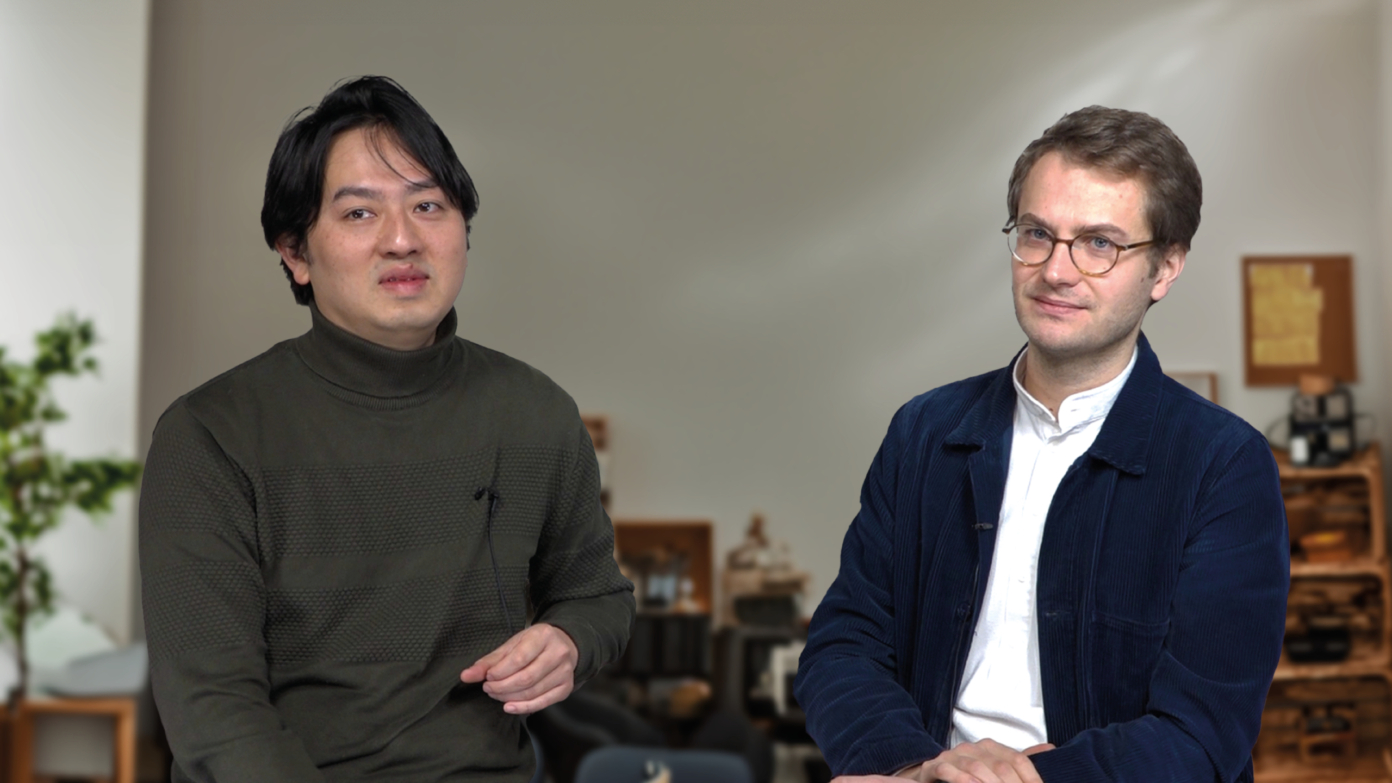The subject of psychoanalysis and critical theory on the other hand is disembodied, a pure, monolithic, thinking mind, transcendentally separate from the body. But this concept of the subject cannot explain the effects on consciousness that things like traumatic brain injuries or strokes have, sometimes disabling very specific mental capacities or memories. It also says nothing about our relationship to other living beings, how consciousness also arises in other organisms only qualitatively different due to differing neural and sensual hardware, but nonetheless just as real. By deconstructing the subject/object duality one continues a decentering of the human in the tradition of Copernicus and Galileo.
But what exactly is the materiality of mind? What structures the tendencies and capacities of consciousness? The subject of psychoanalysis is based on a tabula rasa view of human behavior, a mind born with a blank slate whose structure is determined entirely by experience, parenting, socialization, language acquisition, etc. (known as the Standard Social Sciences Model).9 But this conception of the mind is being displaced by the discoveries of diverse discourses such as neurobiology, cognitive and evolutionary psychology, primatology, and anthropology. These discoveries reveal a richer and more empirical understanding of consciousness, one that is always embodied within the hardware of specifically evolved neural architectures.
The primary contribution of cognitive and evolutionary psychology to a theory of subjectivity comes not from an insistence that all behavior has adaptive function, but rather in integrating a computational theory of the mind. This new approach to understanding the mind recognizes the brain as an information processing organ. Of course, the mind is not like a computer in every regard but nonetheless shares the fundamental characteristic of processing information (via neurons rather than muscle cells per se.) According to evolutionary psychologists Leda Cosmides and John Tooby, “evolutionary psychology is based on the recognition that the human brain consists of a large collection of functionally specialized computational devices that evolved to solve the adaptive problems regularly encountered by our hunter-gatherer ancestors. Because humans share a universal evolved architecture, all ordinary individuals reliably develop a distinctively human set of preferences, motives, shared conceptual frameworks, emotion programs, content-specific reasoning procedures, and specialized interpretation systems—programs that operate beneath the surface of expressed cultural variability, and whose designs constitute a precise definition of human nature.” Leda Cosmides and John Tooby, “Center for Evolutionary Psychology at UCSB.” www.cep.ucsb.edu/cep.html.
In other words, the mind comes preloaded with specific, evolved mental modules, or tendencies and capacities for the ways in which it is able to think and experience the world. These biases reflect the experience of the nearly 84,000 generations of the genus Homo that has lived before the industrial revolution, as well as the mere 7 generations since.
The humanities and especially the arts have had an uneasy relationship with the topic of evolution. A distrust of evolutionary thinking in general and in evolutionary psychology specifically comes from several unfortunate misconceptions.Anselm Franke and Ana Teixeira Pinto, “Post-Political, Post-Critical, Post-Internet,” Open! (September 8, 2016). First, the idea that the core of evolution is competition, therefore naturalizing the darker human impulses like greed and racism, and secondly, that framing the human through the lens of biology is reductive, missing the essence of what it is to be human.Steven Pinker, “Science Is Not Your Enemy,” New Republic (August 7, 2013). But these fears are ultimately grounded in misunderstandings of real science and the true creative force and mystery of what it is discovering about evolution and the mind. Personally, I find this really unfortunate since evolution is after all the one and only creative force of the universe. It is the closest thing there is evidence for, to something we could call a creator. Rather than a god, it is a process. A beautiful fractal process of infinite differentiation. In the expanded sense of cosmic evolution, it is the process behind all processes.
Darwin identified the twin mechanisms of natural selection and sexual selection as responsible for the evolution of the forms of plants and animals. However, today we know that other processes are involved as well, including random non-adaptive genetic drift, as well as the morphogenetic constraints of the materials that plant and animal bodies are made from. For example, almost all plants on Earth follow the same generic leaf growth pattern (with a typical divergence angle of 137.5°) determined by the emergent properties of the materials of the plant cells, including collagen and other proteins.Brian Goodwin, How the Leopard Changed its Spots: The Evolution of Complexity (London: Phoenix, 1997).
Competition is merely one mode of interaction between organisms. The idea that competition lies at the heart of evolution and is therefore unethical stems from another unfortunate misunderstanding. The idea of the survival of the fittest is a mischaracterization of the real mechanisms of evolution. Rather than being a hierarchy in which organisms compete to be optimal or dominant, fitness is more like an ever-shifting dynamic landscape with temporary peaks and valleys of local fitness conditions.Frank J Poelwijk and al, “Empirical fitness landscapes reveal accessible evolutionary paths” Nature 445 (January 25, 2005). Rather than existing in opposition to one another, organisms are co-originating and connected in complex causal relations. Competition is merely one mode of interaction between organisms, one of several phase states of interactions according to game theory,Charles C. Cowden, “Game Theory, Evolutionary Stable Strategies and the Evolution of Biological Interactions,” Nature Education Knowledge (2012). just like the varying phase states of physical materials such as solid, liquid, or gas. Instead, the fundamental dynamic of cosmic evolution lies in the underlying contingency of reality. Contingency is at once that which is unforeseen or random as well as that which is inevitable. The accidental contingencies of mutation as well as the contingent constraints of the environment that shape the bodies of plants, animals, quasars, and protons. The heart of evolution is not competition, but the interrelatedness of all life, and at a cosmic level, the inescapable change and transformation of all things.
Although fundamentally motivated by ethical concerns like economic and social equality for all, critical theory’s primary mode of reflection today seems to describe a reality in a perpetual state of struggle or precarity, a “condition” in which the sickness is capitalism, neoliberalism, or the “hegemonic modalities” of power that govern our lives for their own benefit. These powers are sometimes spoken of as if they have a consciousness or agency of their own, with its own wants, desires, and causal powers, as when speaking of “what capitalism wants.” Signs and “symptoms” of these hidden forces are obsessively deciphered and revealed. But it should come as no surprise that the “diagnosis” of society as in a state of perpetual sickness comes partly through the prism of what was initially an early twentieth century medical discourse. Although the world is far from perfect, and political consciousness is as important today as it has ever been, perhaps sickness is not the most appropriate metaphor for the perennial struggles of living beings. When was there ever a time without suffering? Perhaps it is not appropriate to anthropomorphize emergent social systems either, thinking of them as possessing human-like agency. In fact, the tendency to falsely assign agency to the world is an evolved cognitive bias itself.Michael Shermer, “Why People Believe Invisible Agents Control the World,” Scientific American (January 2009). By recognizing them as impersonal emergent social systems perhaps we can be more effective in changing them.
By integrating the information processing theory of the mind, we can begin to see how such concepts as commodity fetishism, disembodied subjects, repressive drives, and castration fears are themselves abstracted reifications of evolved mental and ethical capacities of the social ape species Homo sapiens and may therefore not be the most accurate ways of describing what is really going on. A repositioning and de-centering of the human will enable us to move away from the critical theory of suspicion and sickness while not abandoning the truth of fundamental ethical concerns.
By situating the human within the concrete historical becoming of our evolutionary context and history, we can recognize how even the altruistic values of critical art discourse are themselves contingently evolved manifestations of our social primate nature. We can also recognize how values are not fixed and how we can take an active role in their future formation. However, in no way does this malleability degrade the status of the truth of ethics. To the contrary, by dismantling the human/nature binary, we can expand the ethical domain to integrate the real subjectivity and inherent value of non-human organisms. While perhaps not possessing language, culture, or consciousness in the same ways that humans do, plants, animals, and other organisms are nonetheless just as real. By believing in the real, uncorrelated from the subject, mind, language, or culture, one is free to believe in the truth of the world and the truth of the other.
This idea of the materiality of the mind and consequently the cognitive foundations of culture, led to my own fascination with the forms and aesthetics of advertising and popular culture. What interested me were the ubiquitous and repeated patterns in the conventions of popular images. Having myself grown up between multiple cultures (German, Chinese/Mongolian, Native American/US American), what fascinated me the most were the patterns that remained invariable across different cultures. Faces, foods, ritualized symmetries, animals, and glossy, splashing liquids. My hunch was that the strange ubiquity of such image patterns could not be explained purely ideologically, and further research into cognitive and evolutionary psychology, consumer marketing psychology, and neuroscience led me to discover that in fact they were largely determined by the evolved cognitive peculiarities of the mind.Dan Sperber and L. A. Hirschfield, “The Cognitive Foundations of Cultural Stability and Diversity,” Trends in Cognitive Science 8, no. 1 (January 2004), 40–46. In fact, images of faces, foods, and liquids are special perceptual categories for human brains, they are recognized faster than other objects, the recognition comes online earlier in child development, and they even have dedicated neural hardware structures to process them. Utilizing DeLanda’s explanation of the concept of the attractor and the materiality of culture, I imagined the underlying dynamics determining the possibility space of images. This thinking led to several of my early series: “Selection Display”, “Axe Effect”, and the “Mainstream (Transformers)” series.
This is also what led to the fascination with branding in my work. Brands are a class of emergent material objects as well. They express themselves through an ecosystem of signifiers and function as they do because of the nature of human consciousness—not ideology. They are selected to work with the limited resources of cognitive attention and activate various memory networks in order to associate and create new meanings. The brand PEACE was my first exploration into the brand as material. In this case, I was specifically interested in how the associative meanings of signifiers are malleable and ultimately empty, in the Taoist sense that is, lacking any innate identity. I was interested in how multiple signs, the word “peace,” the Taoist Taiji (and initially, the Christian cross and the Islamic star and crescent), could be combined and thereby transmute the meaning of its component signs into a new emergent object.
My forays into branding and commercial imagery have also been my way to directly challenge the established lens of Freudo-Marxian critical theory. A common (mis-) interpretation of my practice derives from this traditional dualistic framing. Any collapse of the nature/culture divide is viewed with suspicion due to the previously discussed pervasive mischaracterizations of evolutionary scienceBrian Droitcour, “The Perils of Post-Internet Art,” Art in America (November 2014). , and because of the use of commercial aesthetics my work is often misidentified as belonging to the genres of capitalist mimesis and immanent critique, in which the “signs of capital” are mimicked and pushed to exacerbate the contradictions of the “neoliberal order”.Ibid.
Viewing the world through an ideological filter in which everything is also interpreted as an ideological sign seriously delimits the full range of possible meanings that matter and life have to offer. This mode of interpretation, a product of western thought whose lineage can be traced back to the Christianity of Descartes, as employed today, results in a form of stereotyping of images, not to mention a culture of suspicion. Seeing the objects and images that populate our world first and foremost as possessing inherent allegiances, either belonging to the good side of the “critical” or else to the dark side of capitalism, neoliberalism, etc. But this reactionary mode of analysis fails to integrate the knowledge of what Buddhism and Taoism discovered long ago: that signs and objects do not possess any inherent, essential identity.“Śūnyatā.” Wikipedia, Wikimedia Foundation, 1 Sept. 2017. en.wikipedia.org/wiki/Śūnyatā. Not everything is a “symptomatic cypher” of capitalism, not even brands and logos if one can believe it.
Continuing my interest in branding and the cognitive foundations of culture, I have rebranded PEACE into New Peace. The aim of this project is to use the tools and insights of branding and marketing (as practices of cognitive interface) to imagine a new form of non-dualistic and secular spirituality. One in which the infinite creativity of matter itself is worshipped. Ultimately, I see the ingrained and ancient modalities of religions as being the biggest obstacle to humans believing in and assuming their proper role in the tapestry of the living and material world. It is time for the world of critical art to shed its naiveties about the separation between humans and nature. A shift that must take place for us to properly reflect on and effectively intervene in the material realities of our planet.
This article was initially published in Stream 04 – The Paradoxes of the living in November 2017.
order the book-magazine

